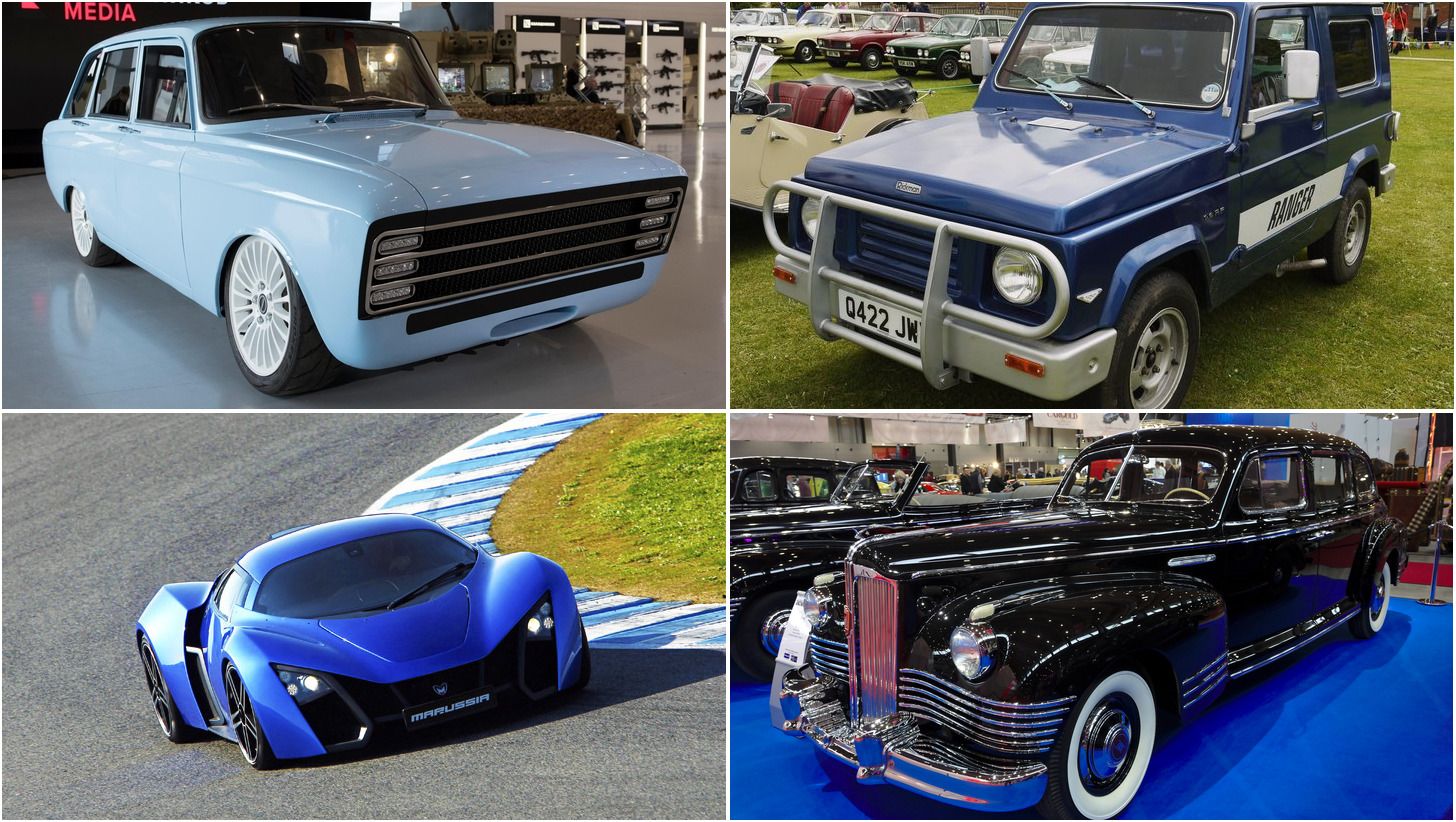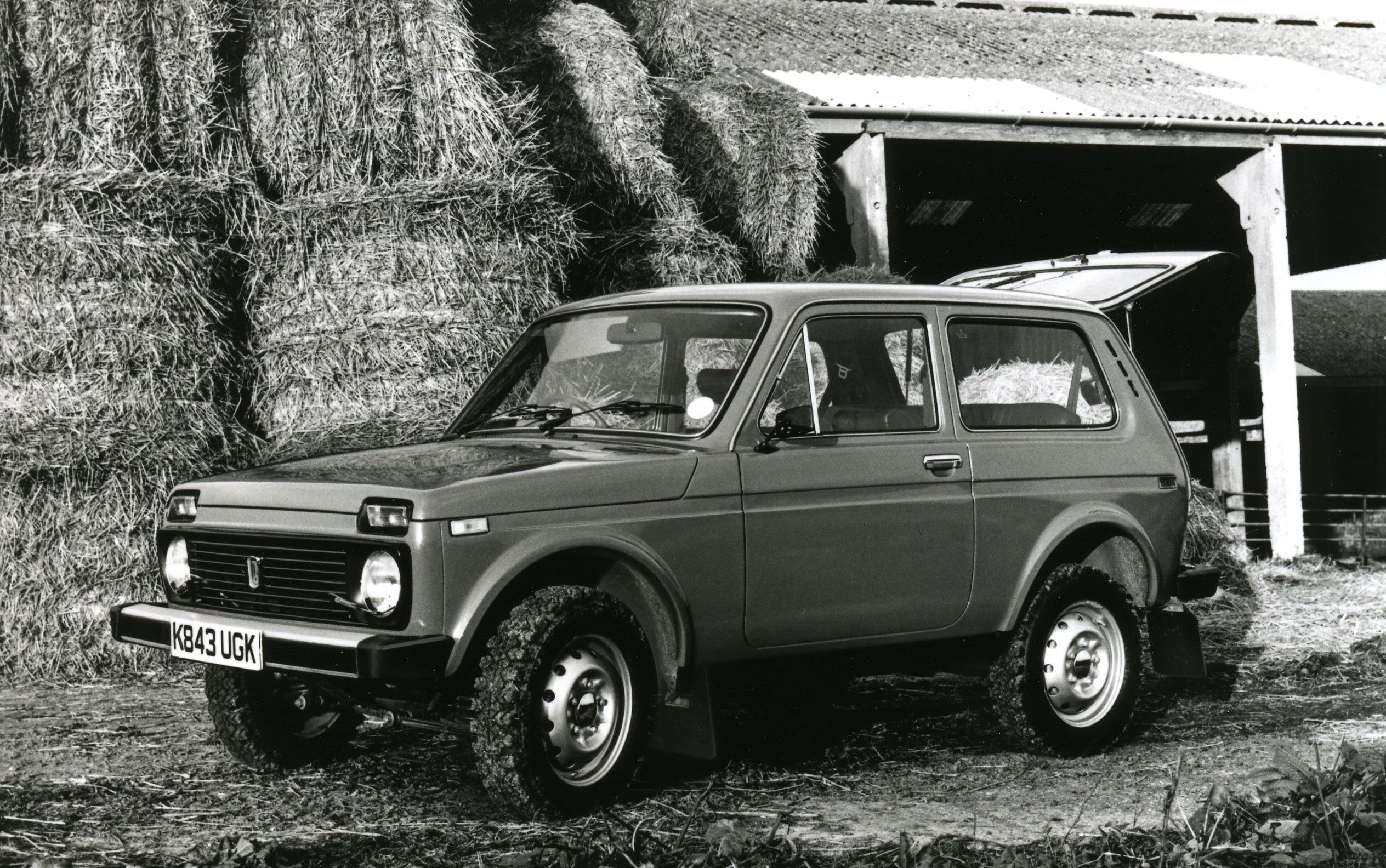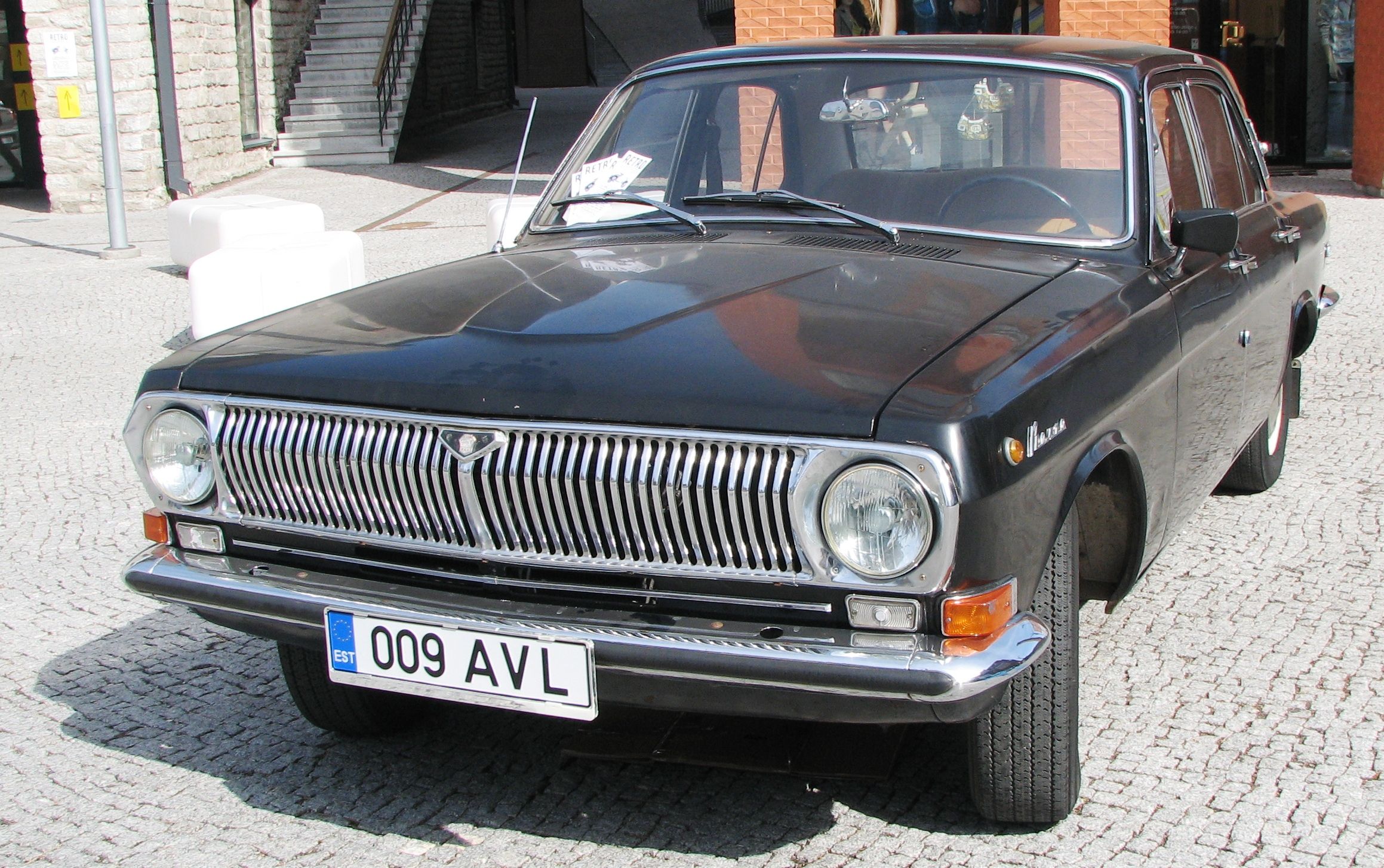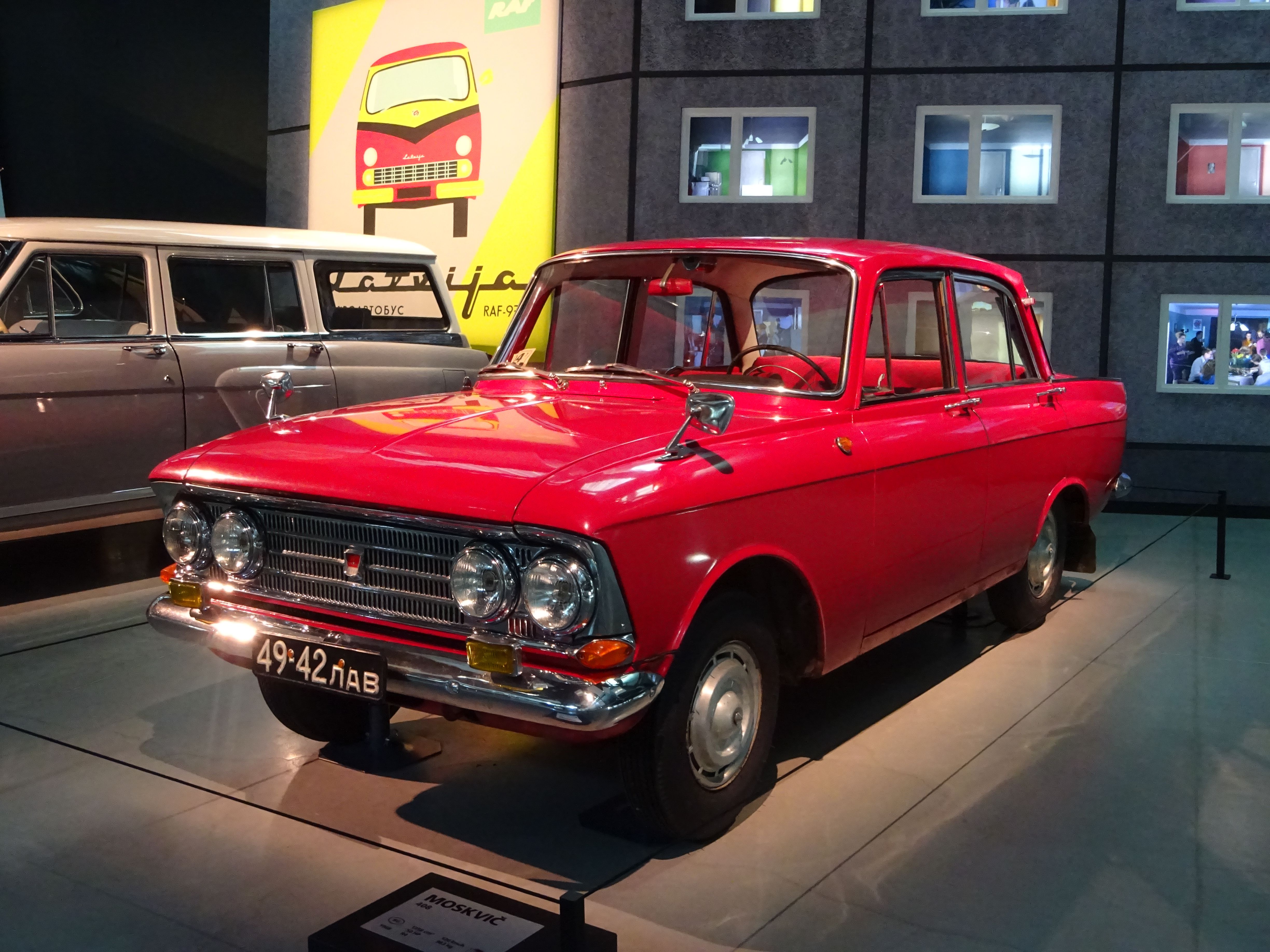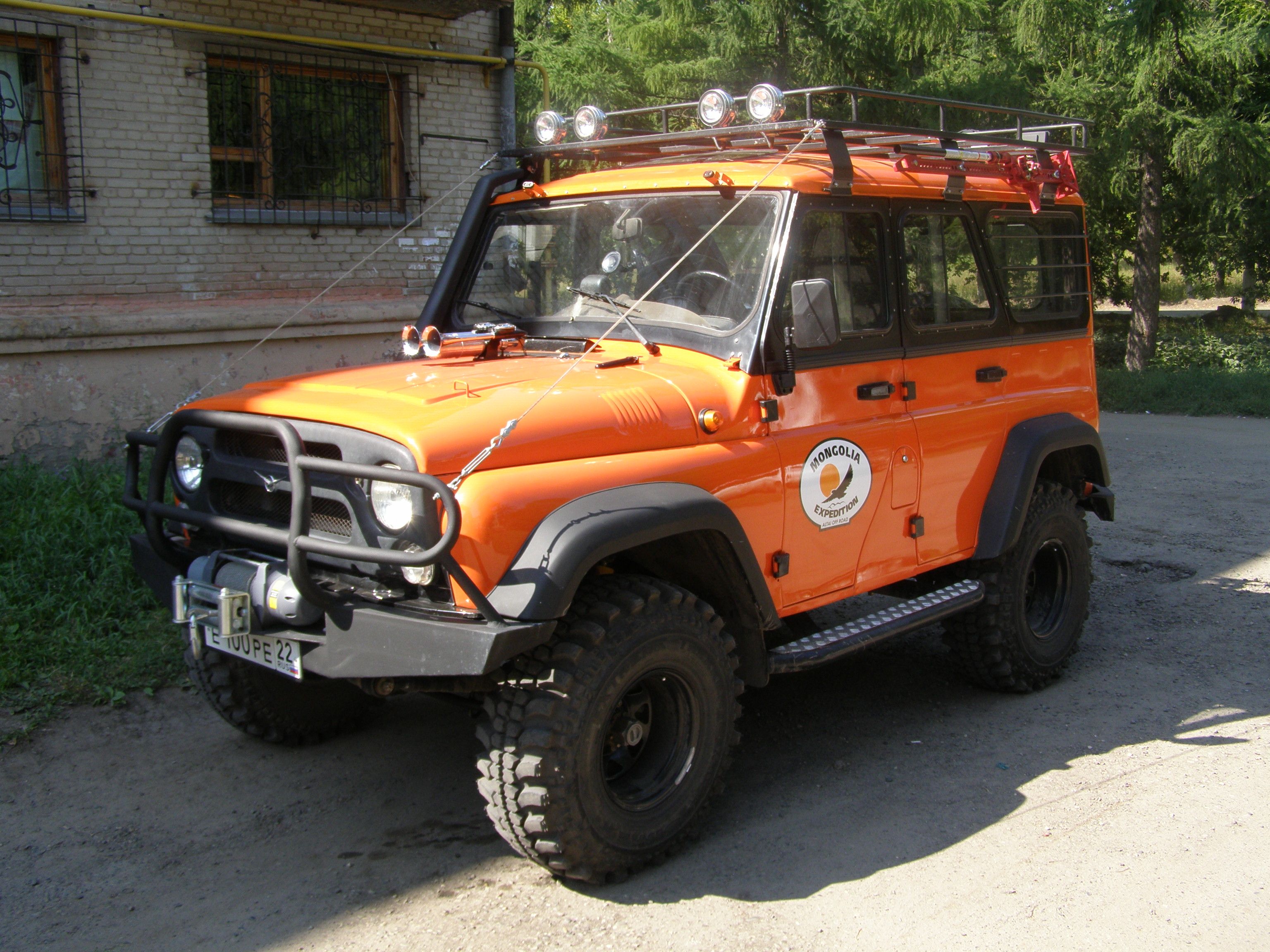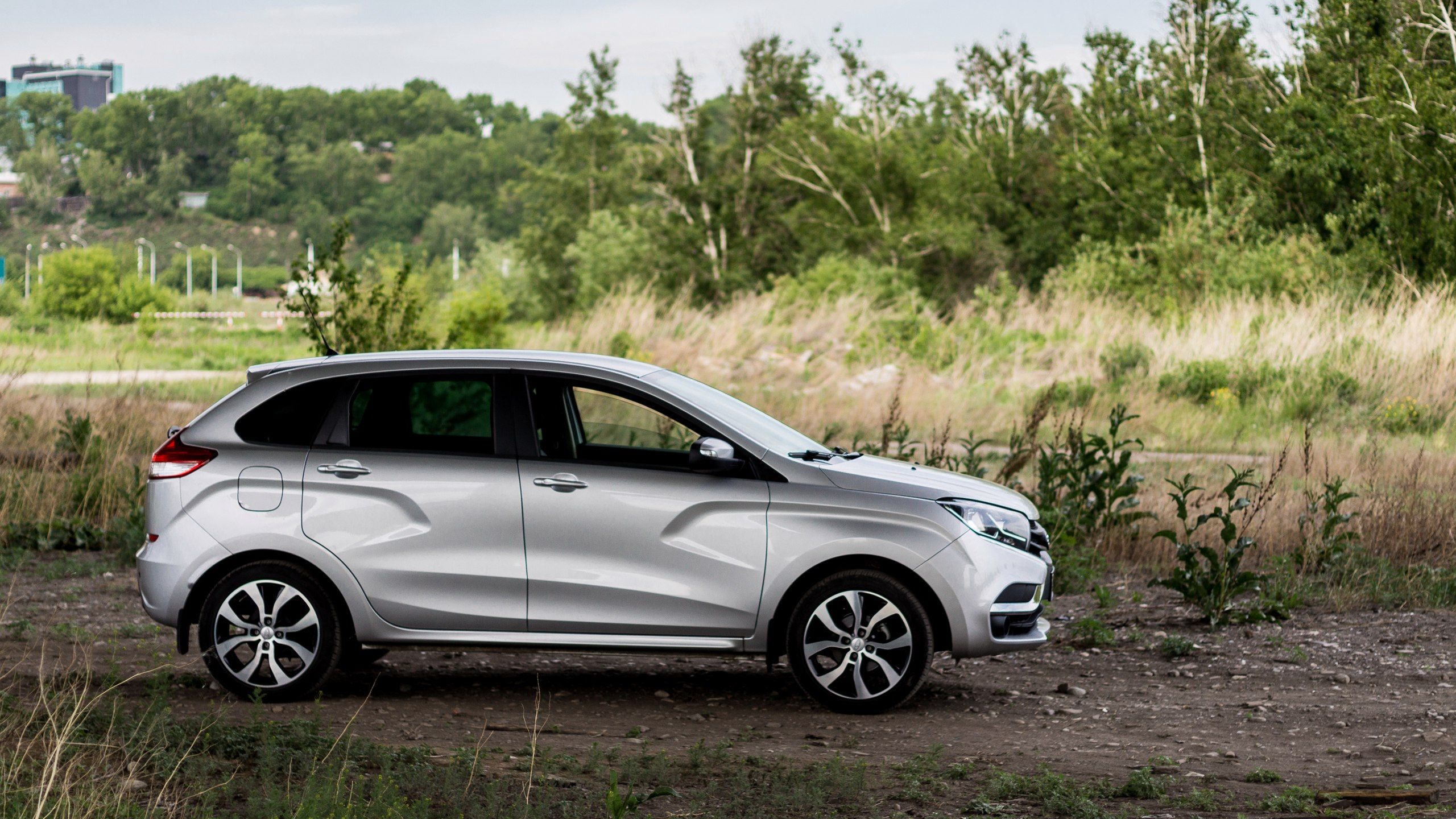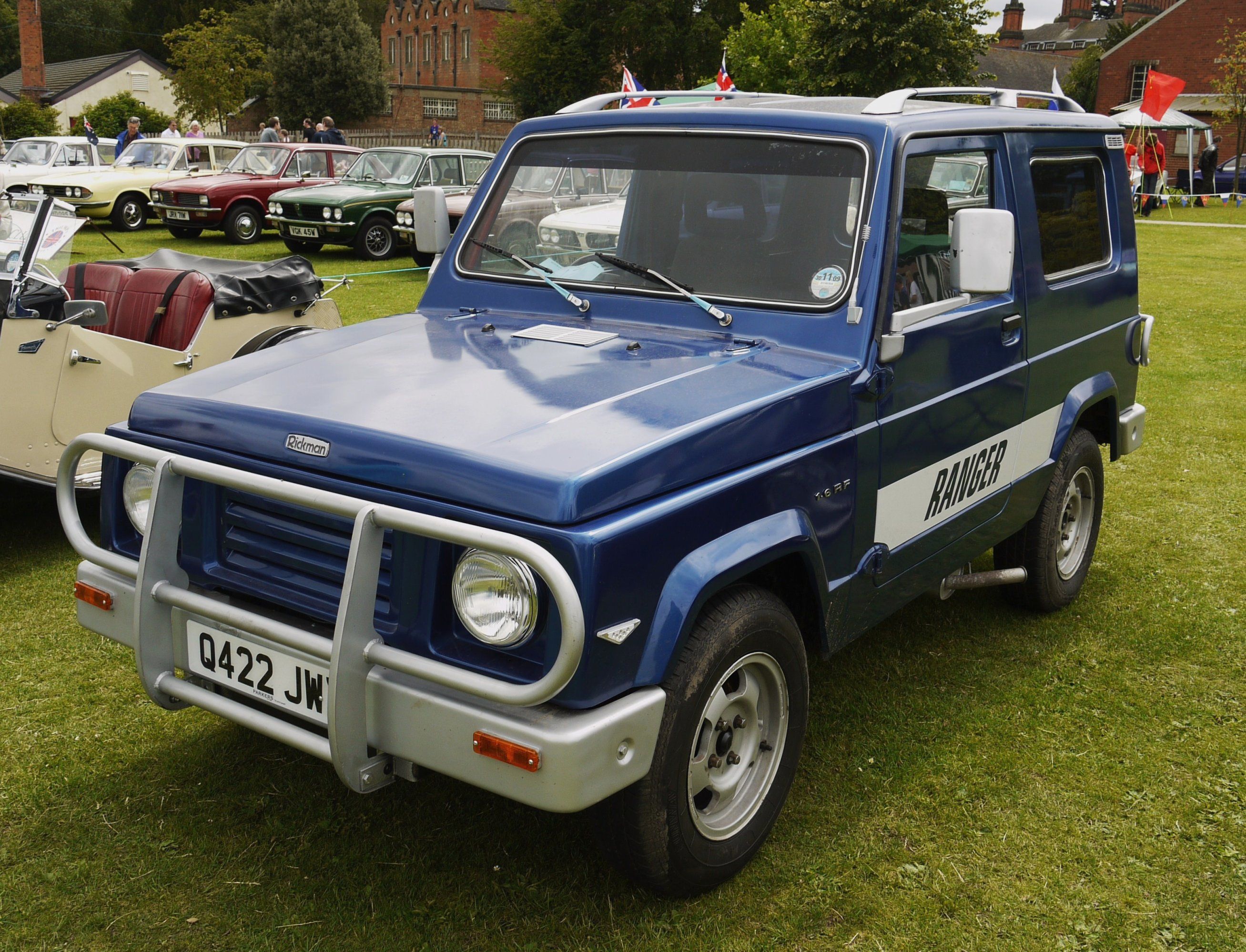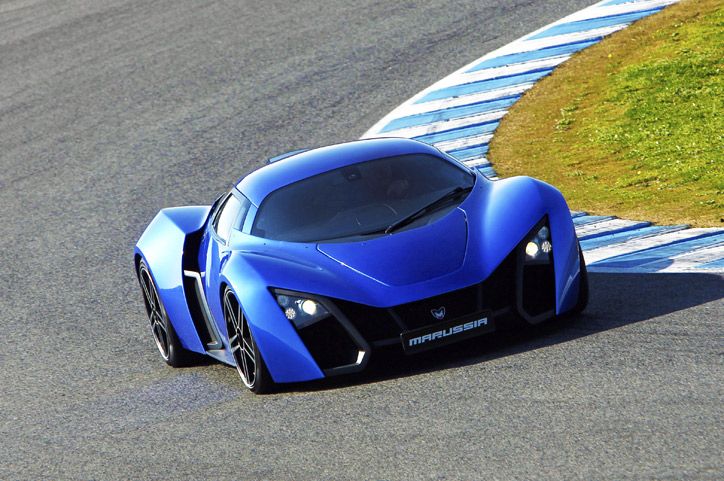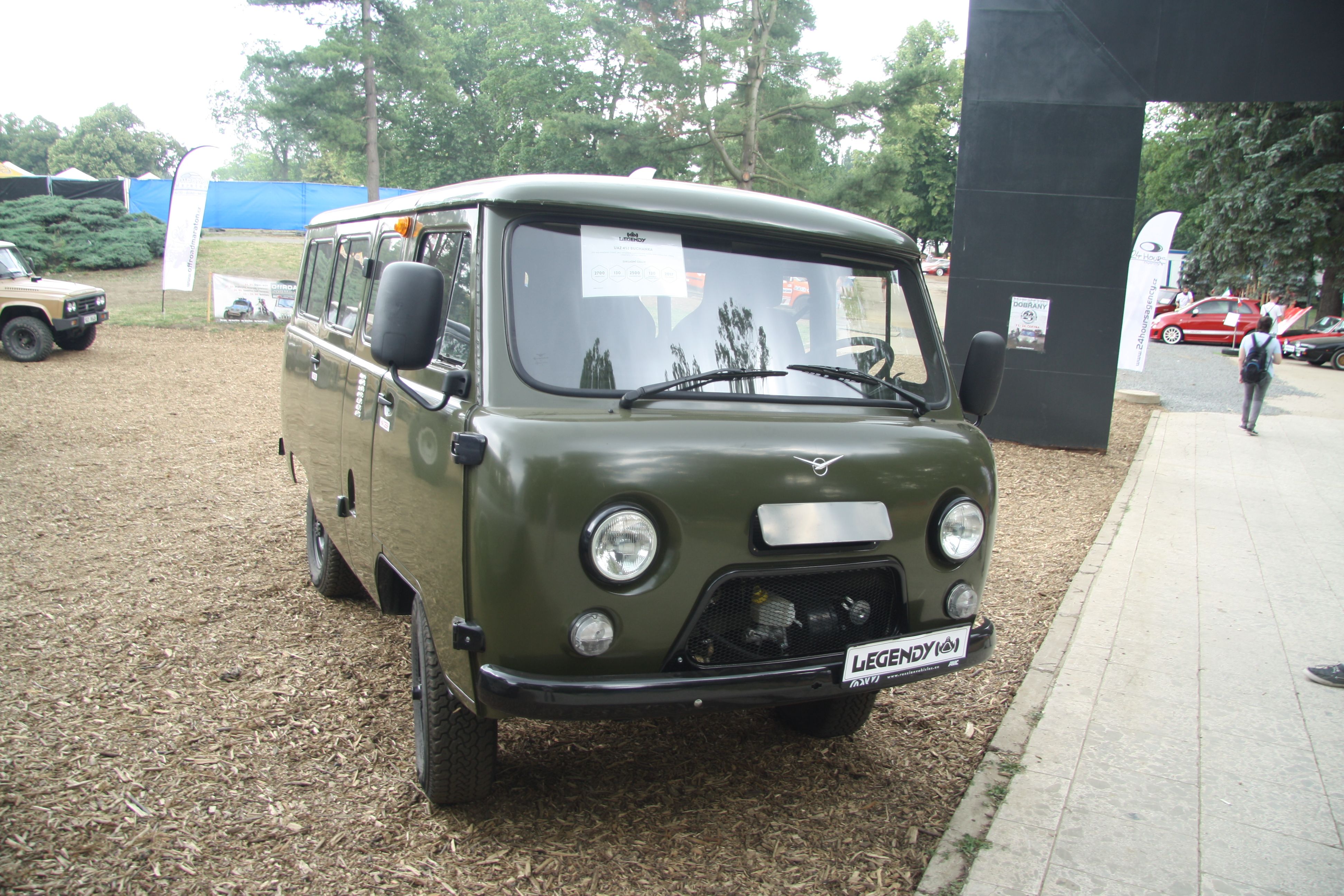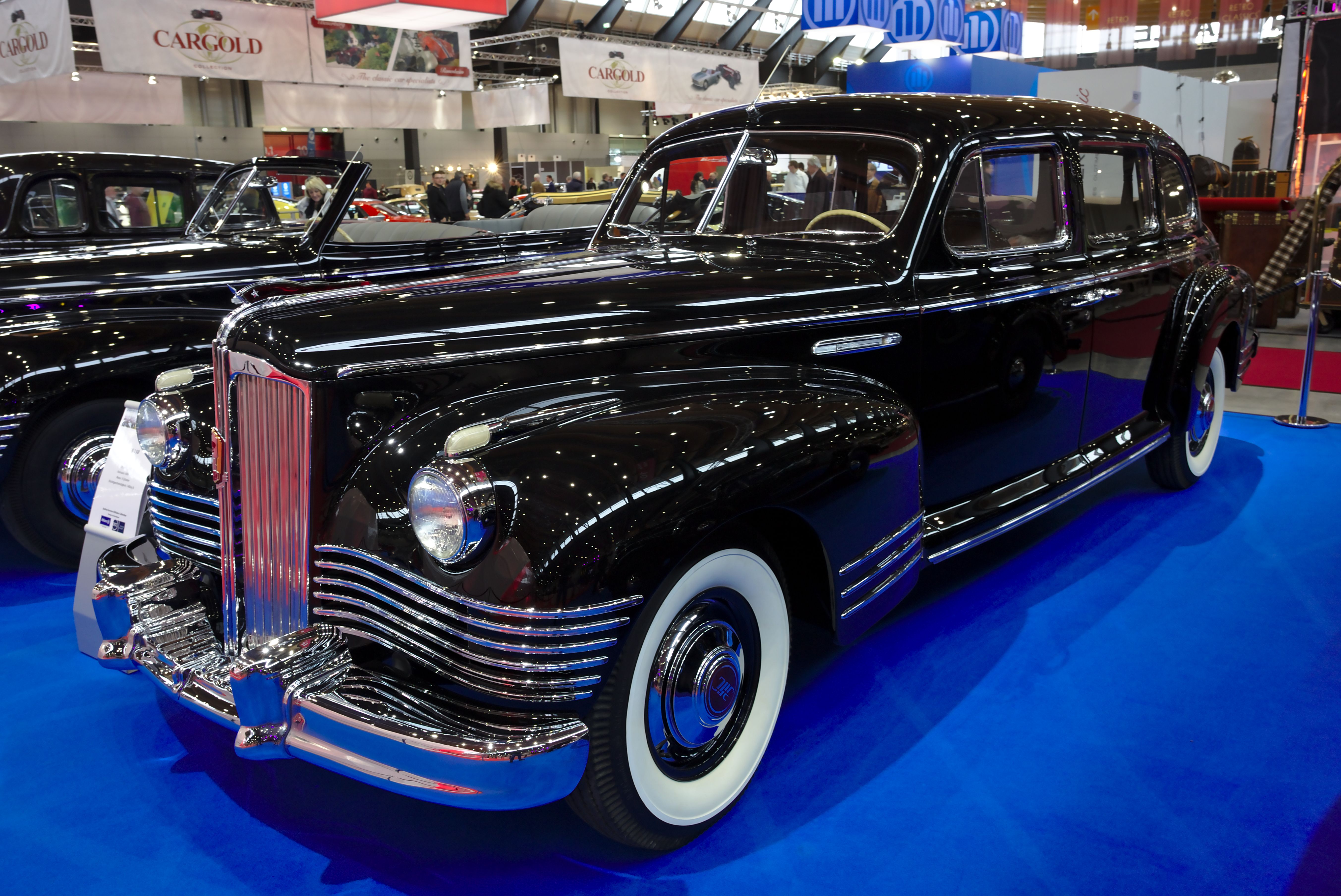Russia is one of the largest and most powerful countries in the world alongside the United States, Germany, France, or China. But unlike its economic and strategic rivals, Russia isn't a big player on the automobile market. That's mostly because it was part of the Soviet Union until 30 years ago and most of its vehicles were either very spartan or of questionable quality.
Many nameplates were only offered locally, while those that made it into Western Europe didn't receive favorable reviews. But despite all of this, Russia's auto industry spawned quite a few interesting cars, some of which might be considered collectibles. Let's have a look at 10 vehicles you probably never heard of before.
Lada Niva
Granted, the Lada Niva is actually somewhat famous in Europe, but some of you in the U.S. might not have heard of it.
But by far the most impressive fact about the Niva is that it has been in production without significant updates since 1977. The mini SUV became extremely popular after its introduction, mainly due to its affordable sticker, and went into production not only in Europe, but in Africa, South America, and the Middle East as well. Lada also produced several variations, like longer wheelbase models and pickups.
The Niva has also been used as a military vehicle, an ambulance, and a fire truck in various countries. Although still in production as of 2020, the Niva is available on just a few markets as it no longer meets safety standards. In 1998, a joint venture between AvtoVAZ (Lada's parent company) and General Motors developed a more modern vehicle called the Chevrolet Niva.
Volga GAZ-24
Introduced in 1970, the GAZ-24 was offered as a sedan, station wagon, and even a convertible, but the latter was used only by the military. Early models featured a 2.5-liter four-cylinder rated at 85 horsepower, but Volga introduced a massive 5.5-liter V-8 rated at 190 horses in 1975.
The GAZ-24 was refreshed in 1977 with a new dashboard, extra standard features for improved safety, and mild updates to the engine. One final update, called the GAZ-24-10, rolled out in 1985, when the car was also simplified for large-scale manufacturing. The GAZ-24 survived until 1992, when it was replaced by the GAZ-3102. Although not as popular as the Niva, the GAZ-24 was exported to various markets in Eastern Europe, as well as Asia and Africa.
Moskvitch 408
One of the largest manufacturers from the Soviet era, Moskvitch introduced the 408, one of its most popular models, in 1964. It replaced the 407 as the firm's main small family car and remained into production until 1976.
Unlike the Volga above, it was smaller, cheaper, and powered by more economic engines.
The cars were assembled in two factories in Russia, but they were also built in Belgium, mainly for export markets. The cars were sold as the Elite in Europe and as the Scaldia in Belgium, where it was offered with a 52-horsepower diesel.
Moskvitch produced sedans, wagons, and three-door vans, but some cars were converted for utility use as ambulances. The 412, which was sold between 1967 and 1976, was mostly a 408 with a better interior and a slightly larger and more powerful four-cylinder gas engine. Both were replaced by the 2140 in 1976.
UAZ Hunter
Despite not having received extensive updates over its long life, the UAZ Hunter continues to be manufactured in Russia, Cuba, Azerbaijan, Vietnam, Ukraine, and Sudan. The Hunter was also built in Germany by Baijah Automotive from 2003 to 2007. Engine options include a 2.5-liter four-cylinder rated at 71 horsepower and a 2.7-liter four-banger that cranks out 112 horses. No fewer than 50 countries used or still use the Hunter as a military vehicle, mostly from Eastern Europe, Asia, South America, and Africa.
Lada XRAY
A compact crossover introduced in 2015, the Xray can be described as a modern version of the more iconic Niva.
This platform is also heavily related to those used in vehicles like the Renault Clio and Nissan Juke. Built only in Russia, the Xray is available with two gasoline engines. There's a 1.6-liter four-cylinder rated at 106 horsepower and a 1.8-liter four-banger that generates 122 horses.
The most interesting fact about this affordable crossover is that it was designed by Steve Mattin, who also penned older versions of the Mercedes-Benz GLE and GLS. He was also part of the team that designed the Mercedes SLR McLaren.
Avtokam 2160
Unlike the companies above, Avtokam is actually a much lesser known brand. Established in 1989, toward the fall of the Soviet Union, it folded only a decade later in 1999. But Avtokam did manage to release a few cars, one of which is the Ranger, rebranded as the 2160 after just one year.
The Ranger arrived in 1991 as a small crossover similar to the Suzuki Jimny. Production lasted until 1997, with a longer wheelbase model introduced in 1995. Just like the Lada Niva, the Ranger was built to be tough and was quite potent off the beaten path, despite not having much power at its disposal.
Marussia B2
Marussia isn't exactly anonymous globally, but that's because it had a Formula One team from 2012 to 2015. But not many know that Marussia also built road-legal supercars. The B2 is the one that gained the most exposure, having been introduced at the Frankfurt Motor Show in 2009.
Tipping the scales at around 2,400 pounds, the Marrusia B2 needs 3.8 seconds to hit 62 mph from a standing start, on its way to a top speed of 193 mph. Marussia built 500 units, all of which were built until 2014, when the company was shut down. Each B2 retailed for around $130,000 before options.
Marussia B2 specifications
|
Engine |
2.8 liter V6 turbo |
|---|---|
|
Horsepower |
420 HP |
|
Weight |
2,400 lbs |
|
0 to 62 mph |
3.8 seconds |
|
Top Speed |
193 mph |
|
Price |
$130,000 |
Read our full review on the 2012 Marussia B2
Kalashnikov CV-1
Kalashnikov is one of the most legendary brands out there, but not for building cars. Sadly, this company became iconic for an automatic rifle. Introduced in the late 1940s, it's still being produced in various forms in several countries, including the United States. Now a larger company that builds various weapons, Kalashnikov also made an attempt to enter the car market.
Read our full review on the 2018 Kalashnikov CV-1
UAZ 452
The UAZ 452 is yet another Russian vehicle that has been around for more than 50 years. Launched in 1965, this van was related to the UAZ-469 mini SUV and it was also off-road capable. Just like the SUV, it was originally developed for military purpose, but it was eventually sold the the general public.
UAZ operated the first update in 1985, when the engine's output increased from 78 to 99 horsepower. Another update introduced in 2000 improved the interior and other features. The UAZ 452 is still in production and very popular in countries from the former Soviet Union.
ZIS 110
If you're into classic cars from the 1930s and 1940s, you probably already noticed that the ZIS-100 looks awfully familiar. That's because this Russian limousine is a copy of the Packard Super Eight.
While the Super Eight was discontinued in 1951, the 110 remained in production until 1958, with some units reportedly assembled toward 1961 as well. At the time, the ZIS-110 was Russia's most luxurious vehicle. This six-meter-long four-door was powered by a massive, 6.0-liter inline-eight engine rated at 140 horsepower. Many of these cars were often given away as gifts to communist leaders, including Mao Zedong of China, Kim Il-Sung of North Korea, Enver Hoxha of Albania, and Ho Chi Minh of Vietnam. A little more than 2,000 examples were built, including sedans, convertibles, phaetons, and armored versions.

